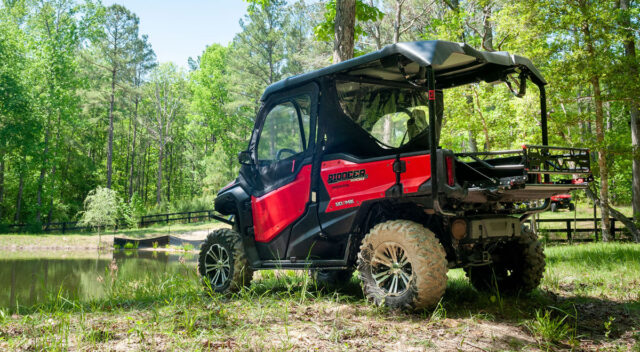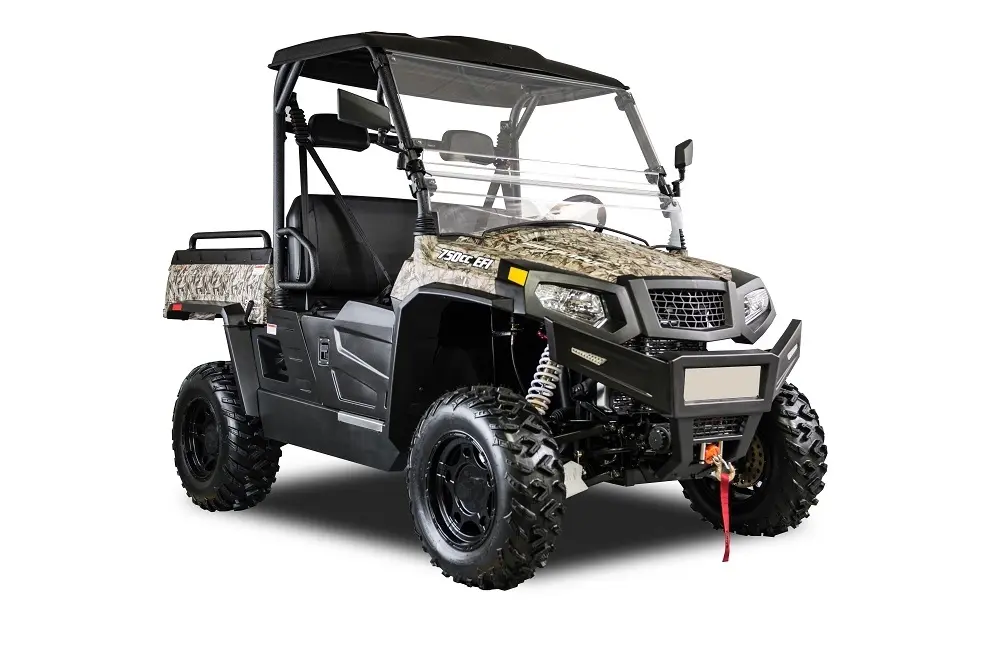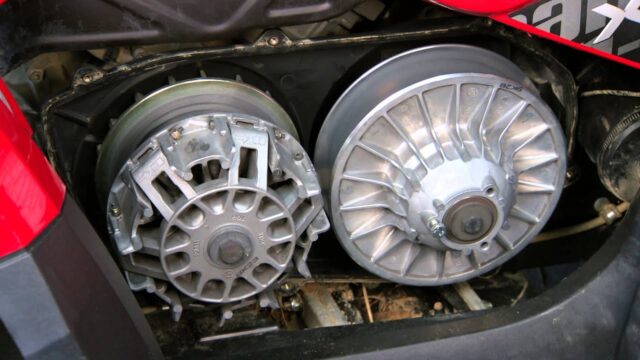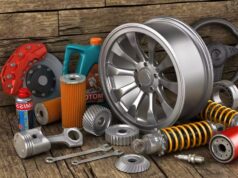
When you own a UTV (Utility Terrain Vehicle), it’s not just about the thrill of off-road adventures or conquering rugged terrains; it’s also about ensuring your investment remains in peak condition.
Proper UTV maintenance is not only vital for longevity but also for your safety and the enjoyment of your rides. In this comprehensive guide, we’ll delve into the intricacies of UTV maintenance, providing you with the knowledge and skills needed to keep your vehicle running smoothly year-round.
1. The Importance of UTV Maintenance
Imagine embarking on a thrilling UTV trail only to find yourself stranded due to a preventable breakdown. This scenario illustrates the paramount importance of UTV maintenance. Regular upkeep ensures your UTV remains reliable, safe, and performs optimally. Moreover, routine maintenance can prevent costly repairs down the road, saving you both time and money.
2. Routine Inspection Checklist
Before each ride, it’s essential to perform a thorough inspection of your UTV. Start by checking the chassis for any visible damage, loose bolts, or missing fasteners. Examine the tires for punctures and ensure they are properly inflated. Don’t forget to inspect the brakes, suspension, and steering components for wear or damage. Check the lights, horn, and signals for proper functioning. Lastly, scrutinize the engine and transmission for leaks or unusual noises. If anything is out of order you’ll need Can am UTV parts ASAP.

3. Lubrication and Fluid Checks
Proper lubrication is the lifeblood of your UTV. Regularly inspect and change the engine oil, transmission fluid, and differential oil according to the manufacturer’s recommendations. Grease all fittings and pivot points to prevent premature wear. Keep an eye on the coolant level and ensure it’s the right mixture to prevent overheating. Don’t forget to check the brake and clutch fluids, as well as the power steering fluid if applicable.
4. Tire Care and Pressure Management
Your UTV’s tires are its only connection to the terrain, making them a critical component. Check tire pressure before each ride and maintain it within the recommended range. Inspect the tires for cuts, punctures, and signs of wear. Rotating your tires regularly ensures even wear and extends their lifespan. Remember that the terrain you traverse may require different types of tires, so choose them wisely.
5. Cleaning and Protecting Your UTV
A clean UTV is not just about aesthetics; it’s about preserving its structural integrity and components. After each ride, wash off dirt, mud, and debris to prevent corrosion. Use a gentle, non-corrosive cleaner and avoid high-pressure washers that could force water into sensitive areas. After cleaning, apply a protective wax or sealant to keep your UTV’s finish in top shape.
6. Battery Maintenance and Charging Tips
A dead battery can quickly ruin your UTV adventure. Regularly inspect the battery terminals for corrosion and clean them if needed. Keep the battery charged during periods of inactivity using a trickle charger or a maintenance charger. If storing your UTV for an extended period, consider removing the battery and storing it in a cool, dry place.

7. Fuel System Care and Fuel Stabilization
Fuel quality plays a significant role in UTV performance and longevity. It’s crucial to use only high-quality gasoline that meets or exceeds the manufacturer’s recommendations. Low-quality fuel can lead to engine knocking, reduced power, and increased emissions. Furthermore, it can damage your UTV’s fuel system components, leading to costly repairs.
Avoid ethanol-blended fuels whenever possible, as they can spell trouble for your UTV. Ethanol can absorb water from the atmosphere, leading to phase separation and corrosion in the fuel system. It can also cause the formation of deposits that clog fuel injectors and carburetors. Opt for pure gasoline or ethanol-free options to keep your UTV running smoothly.
If you plan to store your UTV for an extended period, consider adding a fuel stabilizer to the tank. Fuel stabilizers prevent fuel degradation, which can lead to clogs in the system and difficulty starting your UTV after storage. Follow the manufacturer’s instructions for the correct dosage, and run the engine for a few minutes after adding the stabilizer to ensure it reaches all parts of the fuel system.
8. UTV Cooling System Maintenance
An overheated engine can lead to catastrophic damage. Regularly inspect the radiator for dirt and debris, which can impede airflow. Clean it as needed and ensure the coolant level is within the recommended range. Replace the radiator cap if it shows signs of wear. A well-maintained cooling system is essential for long-lasting engine health.
9. Belt and Drive System Inspection
The belt and drive system are critical for UTV performance. Inspect the drive belt for signs of wear, cracks, or fraying. Replace it if necessary to avoid sudden belt failure. Lubricate the drive system according to the manufacturer’s recommendations to reduce friction and extend its life. Proper belt and drive system maintenance ensures smooth power delivery and reliable performance.

10. UTV Suspension and Brake Maintenance
A well-maintained suspension system is vital for a comfortable and safe ride. Check the suspension components for damage, loose bolts, and proper alignment. Lubricate pivot points to prevent premature wear. As for the brakes, regularly inspect the pads, rotors, and brake lines for wear and leaks. Replace worn components promptly to ensure reliable stopping power.
11. Electrical System Checks and Wiring
Your UTV’s electrical system powers essential components such as lights, ignition, and accessories. Inspect the wiring harness for any frayed or damaged wires and repair them immediately. Check all electrical connections to ensure they are secure. Additionally, keep an eye on the battery voltage and charging system to avoid unexpected electrical issues during your rides.
12. Preparing Your UTV for Seasonal Storage
If you live in an area with harsh winters or plan to store your UTV for an extended period, proper storage preparation is crucial. Clean and wax your UTV to protect the finish from moisture and corrosion.
Change the oil and filter to remove any contaminants that could damage the engine while in storage. Top off the fuel tank and add a fuel stabilizer to prevent fuel system issues. Finally, remove the battery, store it in a cool, dry place, and cover your UTV to keep it protected from the elements.







